The first strike against the Great Plains in recorded times was the decimation of the American bison in the 19th Century. The second strike was not from a pitch, but rather the plow and the resulting widespread conversion of native grasslands to crops.
The third strike, being delivered now, is the massive drilling and fracking for oil in the Bakken formation in the Dakotas, Montana, and nearby Canada. Western civilization is soundly beating nature in the Great Plains. Several species of grassland birds and other wildlife are at risk as a consequence.
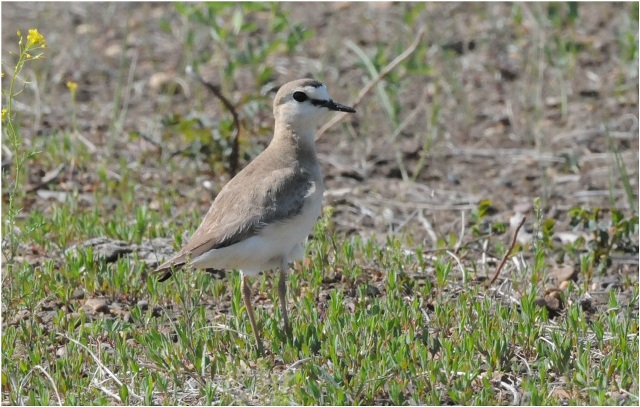
For the past several years I have spent part of the spring in the Great Plains with my colleague, Kevin Ellison, now with the World Wildlife Fund.
We are working to conserve several species of grassland birds, as this group is the most endangered of all habitat-groups of birds in North America.
These birds require large, intact native grasslands, free of invasive woody vegetation, with few roads, and few human structures. Those places are few.
At one of the best of the last, a Nature Conservancy of Canada site in Saskatchewan called “Old Man on His Back” — where the least common Great Plains birds are there the most common birds – we have reveled in the great spectacle of grassland birds and their flight songs.
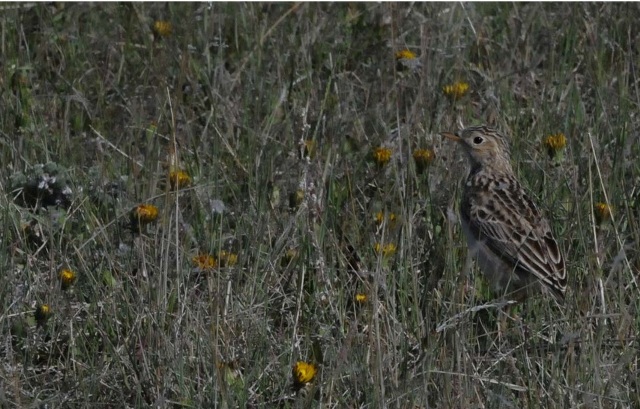
There the Sprague’s pipit may hover for up to three hours while it sings, bouncing against the prevalent winds hundreds of feet up and providing a dramatic soundscape with the other, yet far less persistent, aerial singers like McCown’s Longspur, Chestnut-collared Longspur, and Horned Larks (among others).
Old Man on His Back has a small population of bison as well, giving us a sense of what the Great Plains grasslands were like more than 150 years ago.
The Great Plains are imperiled because they lost the great bison herds (the predominant grazers and thus shapers of the grasslands) and because so much of it was converted for crops.
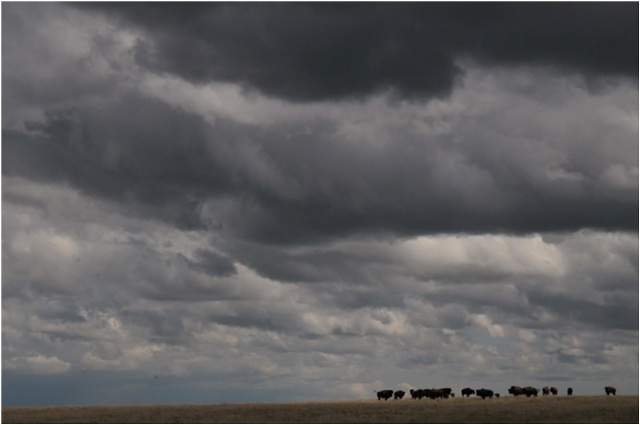
The tallgrass prairie part of the east — fertile with ample summer rains — has only 3 percent of the original habitat remaining. The mid- and short-grass Prairies to the west lost less, but still 65 percent of their grasslands, as their aridity and widely separated rivers made them less attractive to cultivation.
The prairie of North Dakota, where the third strike is now occurring, is ground zero for the gold rush-like fever of the oil fracking now in full development. More than 40,000 wells, with innumerable new roads, buildings and pipelines have fragmented the prairie and thus left little if no areas of large grassland habitat undisturbed.

It is clearly a Tragedy of the Commons, as ranchers who may own the land but not the minerals beneath, have widely sold access rights to oil companies.
The tragedy in question is the complete development of the resource and the consequent loss of any big open landscapes. There was no discussion or action on behalf of the Commons — what it might mean in North Dakota or anywhere in the land of the Bakken Shale to set aside some landscapes in advance of development.
The Great Plains has little in the way of public land, particularly in comparison to the mountainous west, the sagebrush steppe, or our forested landscapes in the West. As such there was no real voice for including some conservation amid new development frontiers in North Dakota. Big development is coming to northeastern Montana. It looks like it will play out as it has in North Dakota — lots of landowners selling access and no voice for the Commons.

The argument here is not that we should have made all of western North Dakota a prairie reserve. But amid all that money and all that development, there could have been a consideration for protecting some of the Commons. A fragmented prairie is really no prairie at all. Certainly not to the birds and the bison.
In my mind I can hear the voice of the Sprague’s pipit, singing for hours at a stretch in the big sky of the Great Plains. It’s a lonely voice getting lonelier. It’s a shame. For it’s one, two, …
This article was written by Steve Zack for the Huffington Post.

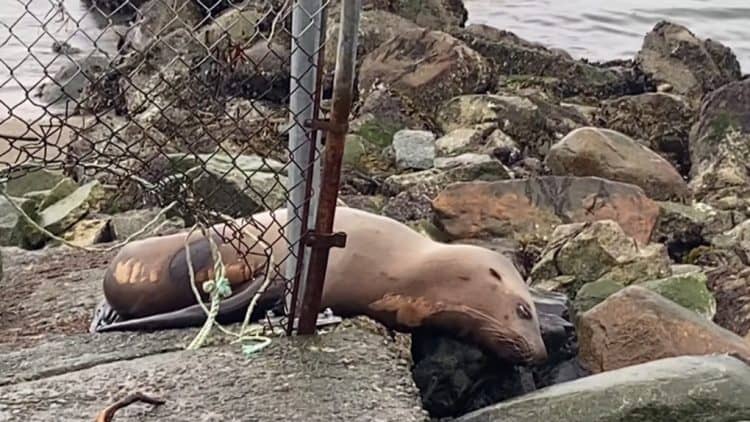
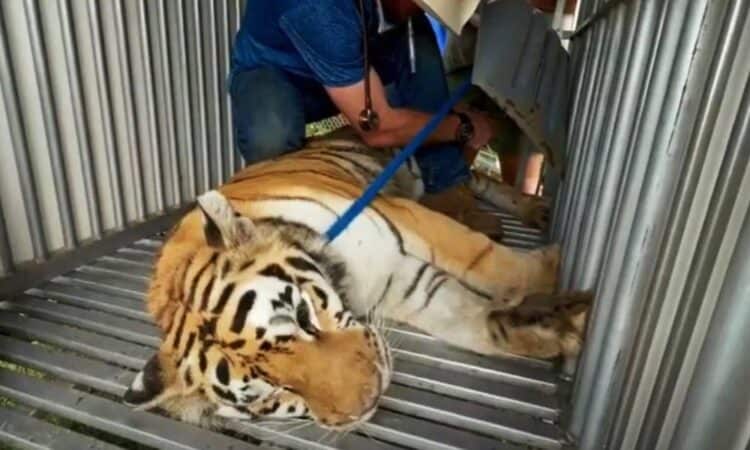
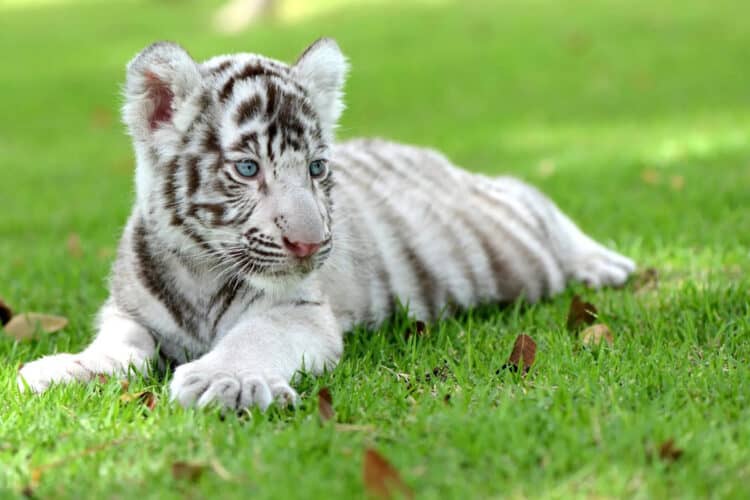
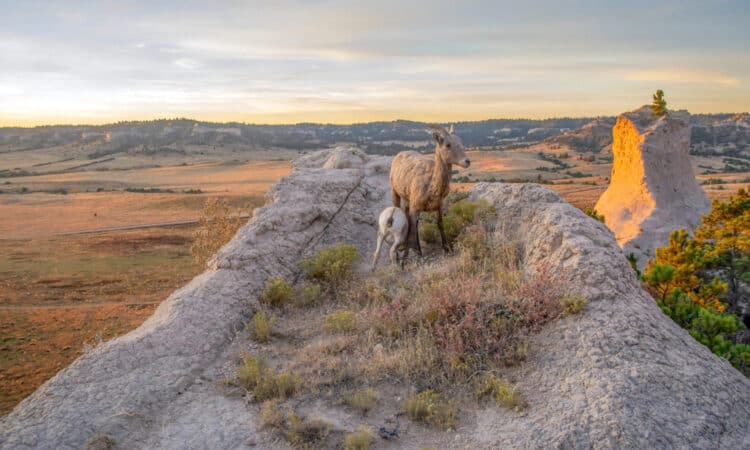
:max_bytes(150000):strip_icc():format(webp)/grandy-849074536-8686b617b7a24af39d970c3f1981b94a.jpg)
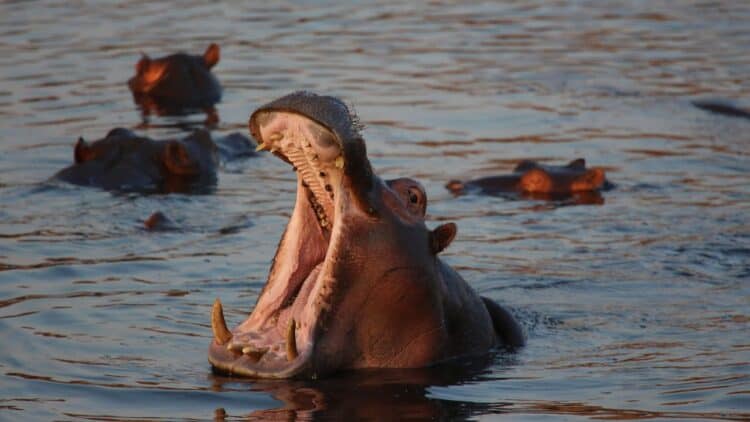
Leave a Reply